Unlocking the Power of the Mediterranean Diet: Protein-Rich Foods & Recipes
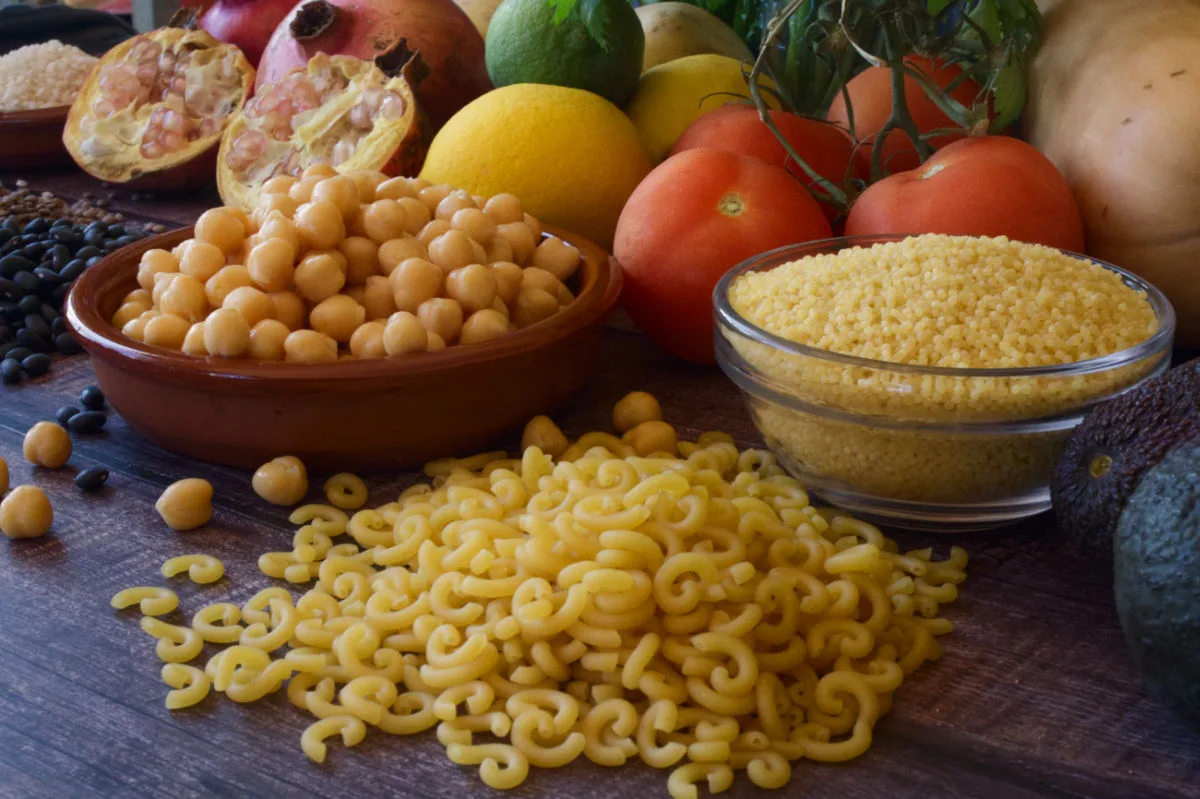
The Mediterranean diet is renowned the world over for being on of the healthiest diets. However, the Mediterranean region is a huge area, home to over 480 million people across three continents with 22 countries bordering the Mediterranean Sea.
All of these countries contribute their own unique recipes and ingredients to what is considered the Mediterranean diet. There is, however, more than one common theme that arises when looking at what makes the Mediterranean diet so healthy. The most evident is that it is not a diet, per se, but a lifestyle, and there is one country in particular that stands out in terms of lifestyle: Spain.
Spanish Lifestyle and Food Culture
Spain, a country with a rich culinary history and is considered one of the best countries in the Mediterranean to live based on lifestyle. The country boasts a rich diet filled with delicious dishes that are both flavorful and nourishing. The diet, a key component of the Mediterranean lifestyle, is not only beneficial for heart health but is also an excellent source of protein.
Let’s delve into the protein-rich foods that are staples in Spanish cuisine and explore some traditional recipes that highlight these nutritious ingredients and are easy to cook at home.
Protein-Rich Foods in the Spanish Diet
1. Lentils (Lentejas)
Lentils are a cornerstone of Spanish cuisine. As a legume, they provide a substantial amount of protein, essential amino acids, and dietary fiber, making them a perfect meat substitute for vegetarians and vegans and great for those trying meatless Mondays and just to cut down on meat.
2. Cod (Bacalao)
A popular fish in Spain, cod is often consumed fresh or salted. This white fish is lean, meaning it’s low in fat while being an excellent protein source.
3. Chickpeas (Garbanzos)
Chickpeas serve as the foundation for many Spanish dishes. They offer a good balance of protein, dietary fiber, and various vitamins and minerals.
4. Eggs (Huevos)
Eggs are versatile and feature prominently in numerous Spanish dishes. Whether scrambled, boiled, fried, or in an omelet, they’re a protein-packed choice.
5. Almonds (Almendras)
Often used in Spanish desserts and sauces, almonds are not only rich in protein but also provide beneficial fats and antioxidants.
6. Sardines (Sardinas)
A staple in coastal regions of Spain, sardines are small, oily fish that are rich in omega-3 fatty acids and serve as a fantastic protein source.
7. Chicken (Pollo)
Since chicken is so versatile, it’s used in a wide range of Spanish recipes in everything from the classic Valencian paella to spicy chicken, chorizo, and rice.
Classic Spanish Recipes Packed with Protein
1. Spanish Lentil Stew (Lentejas a la Española)
This traditional dish sometimes combines lentils with vegetables and chorizo for an added flavor kick, and other times there is no meat added. These stews are hearty, nutritious, and showcase lentils as the star protein source. Try this deliciously healthy lentil and spinach stew (vegan).
2. Spanish Omelette (Tortilla Española)
Comprising primarily of eggs and potatoes, this Spanish omelet is a versatile dish that can be served at any meal. The eggs provide the bulk of the protein, making it a filling choice. Try this original Tortilla Español recipe, or a quicker and easier Tortilla 2.0 recipe. And whichever you choose, why not use it in a Bocadillo de Tortilla (Spain’s beloved tortilla sandwich)?
3. Chickpea and Spinach Stew (Espinacas con Garbanzos)
A favorite in Andalusia, this dish blends chickpeas, spinach, and flavorful Spanish spices. Not only is it protein-rich, but it also offers a hearty serving of greens and is ridiculously tasty. Try this version of the chickpea and spinach stew, which is great for making in big batches. Do not be fooled by the name, it packs a punch when it comes to flavors.
4. Marinated Grilled Sardines (Sardinas a la Plancha)
Simple yet delectable, sardines are marinated in garlic, olive oil, and lemon juice before being grilled to perfection. They’re an omega-3 and protein powerhouse.
5. Almond Soup (Ajo Blanco)
Originating from Andalusia, this cold soup combines almonds, garlic, bread, and olive oil. It’s a refreshing and protein-rich dish, perfect for warm weather or as a delicious amuse-bouche to whet the appetite.
6. Salted Cod with Pil Pil Sauce (Bacalao al Pil Pil)
This Basque country specialty sees cod slowly cooked in olive oil, with the resultant dish being a delicious, protein-filled treat, complemented by the silky pil pil sauce made from garlic, chili, and cod gelatin.
7. Chicken & Rice (Arroz con Pollo)
Spanish chicken and rice features chicken, chorizo, white beans or chickpeas, and plenty of herbs and spices. It’s packed full of nutrients and protein.
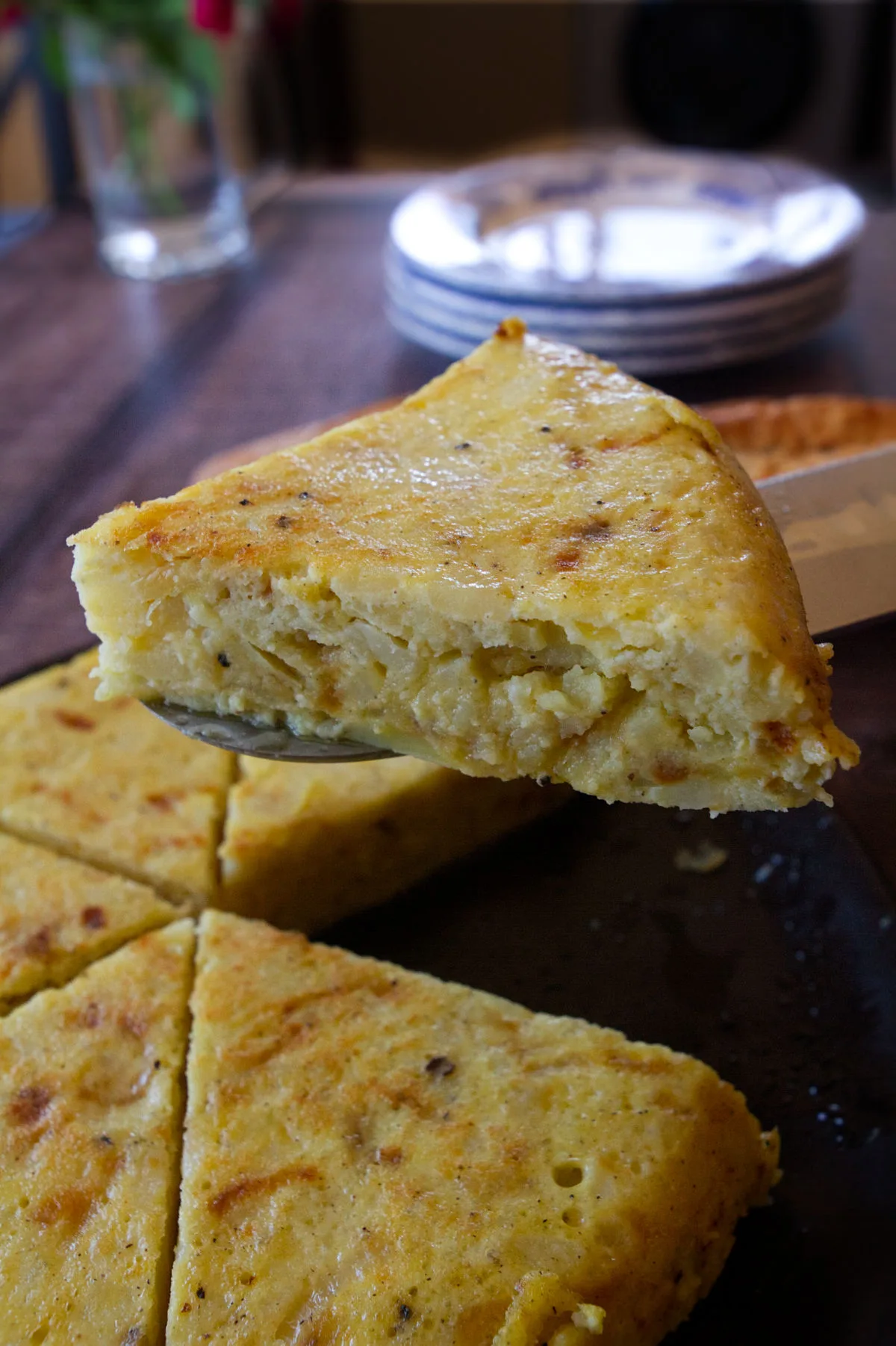
The Importance of Protein and Its Health Benefits
We all know someone who’s desperately trying to pack more protein in their diets for fitness goals. But protein is a crucial macronutrient for everyone, vital for several reasons:
- Building Blocks: Protein provides amino acids, which serve as the building blocks for cells, muscles, organs, and many other structures in the body. This supports muscle growth, repair, and maintenance.
- Essential Functions: Proteins play a role in various bodily functions, from transporting molecules to facilitating chemical reactions as enzymes.
- Supports Tissues: It is found in bones, skin, hair, and almost every other body part or tissue, making it important in structural support.
- Immune Health: Proteins are essential for the production of antibodies that help combat infections.
- Energy Source: In certain situations, the body can use protein as a source of energy.
- Regulates Body Processes: Proteins are involved in producing hormones, which regulate various body processes.
- Supports Growth: Essential for growth and development, especially during childhood, adolescence, and pregnancy.
Given these roles, it’s important to ensure an adequate intake of protein. While protein is crucial, it’s also essential to consider the source of protein and aim for a variety that includes both animal and plant-based options for balanced nutrition.
Spanish Foods as a Protein Powerhouse
The Spanish diet offers a plethora of dishes that are not only tantalizing for the taste buds but are also brimming with protein. Incorporating these foods and recipes into your regular diet is a nice way to elevate your protein intake and enjoy the vibrant flavors of Spain in your home.
FAQs: Spain’s Protein-Rich Foods & Recipes
What makes the Spanish diet protein-rich?
The Spanish diet boasts a diverse range of protein sources including legumes, seafood, lean meats, and dairy. Traditional Spanish dishes incorporate these ingredients in well-balanced meals that nourish the body.
Are there vegetarian or vegan options in the Spanish diet?
Absolutely! The Spanish diet includes a plethora of vegetarian dishes like tortilla Española and various legume-based stews. Vegan recipes include traditional gazpacho, chickpea and spinach stew, plus many traditional dishes can be modified by omitting certain ingredients or substituting them with plant-based alternatives.
How does the Mediterranean influence play a role in the Spanish diet?
The Mediterranean influence is prominent in the Spanish diet. It emphasizes fresh, seasonal ingredients, olive oil, whole grains, and moderate consumption of dairy and wine. The diet is renowned for its health benefits, including heart health and longevity.
Are there quick and easy Spanish recipes for busy individuals?
Certainly! Many Spanish recipes are not only delicious but also quick and straightforward. Dishes like Romesco de Peix (Catalan Fish Stew) can be made in 30 minutes, making them perfect for busy lifestyles. The romesco sauce is possibly the tastiest sauce you’ll ever make and it’s full of almonds so protein-rich too.
How can I incorporate Spanish protein-rich foods into my daily diet?
Start by introducing staple ingredients like legumes, and seafood into your meals. Gradually explore traditional recipes and modify them according to your preferences. The versatility of Spanish cuisine makes it easy to blend with various dietary needs.
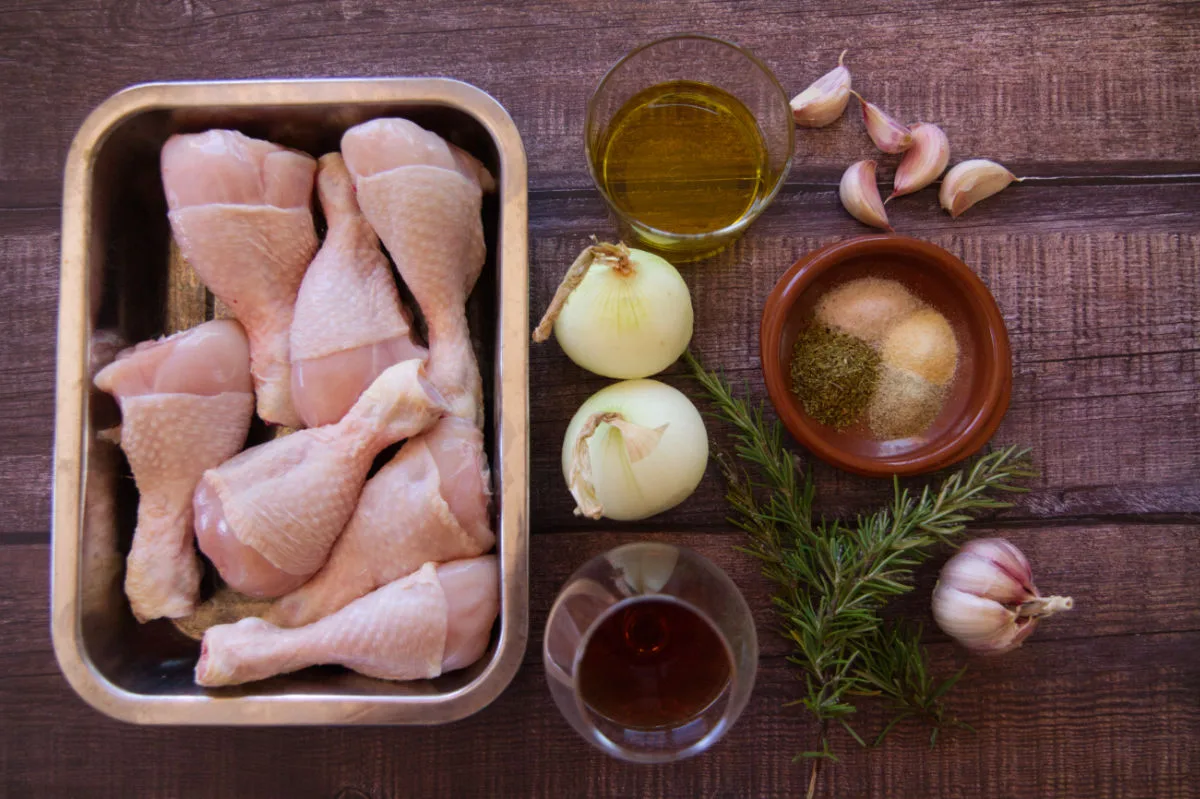
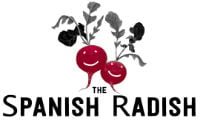
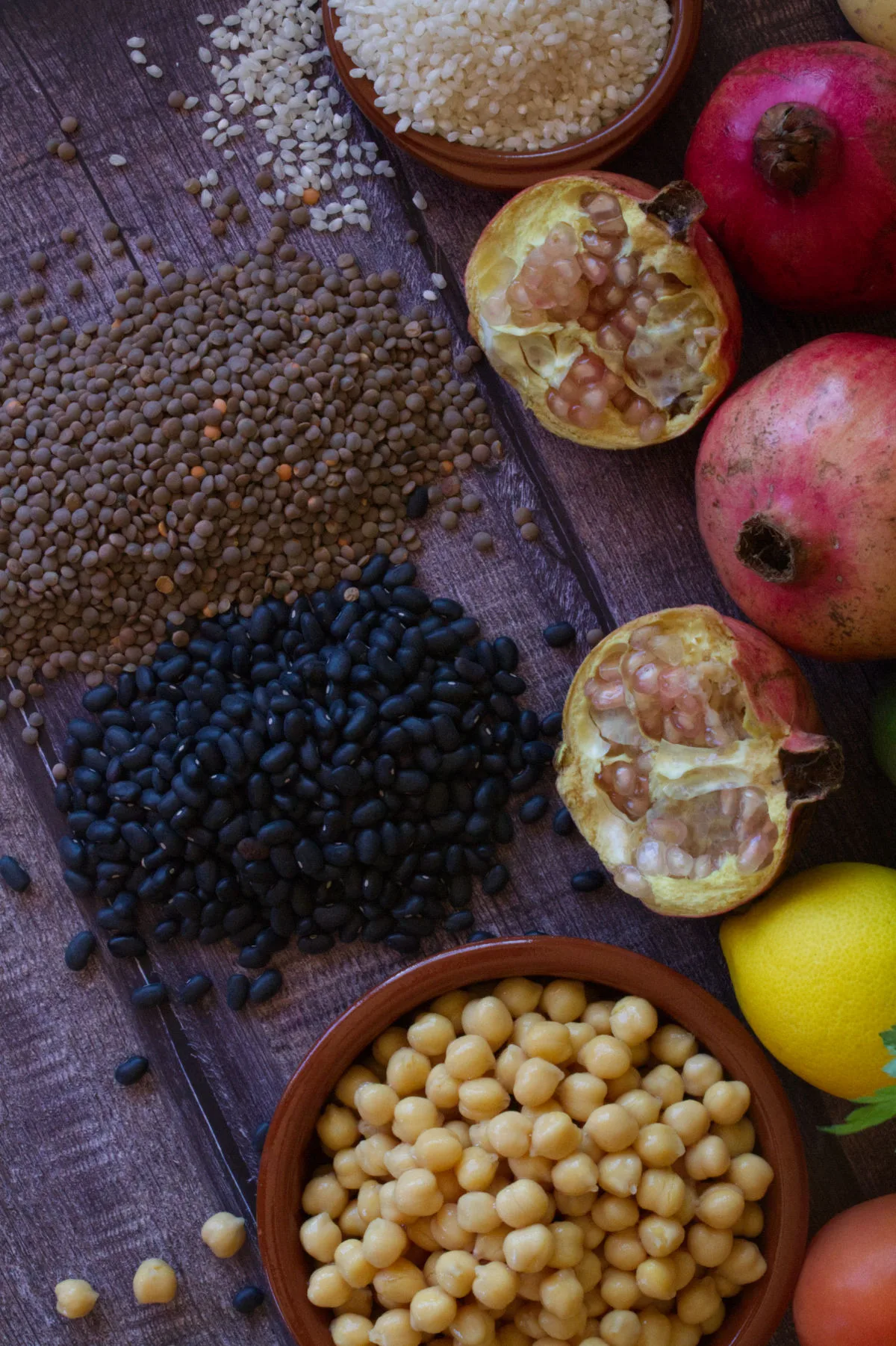
0 Comments